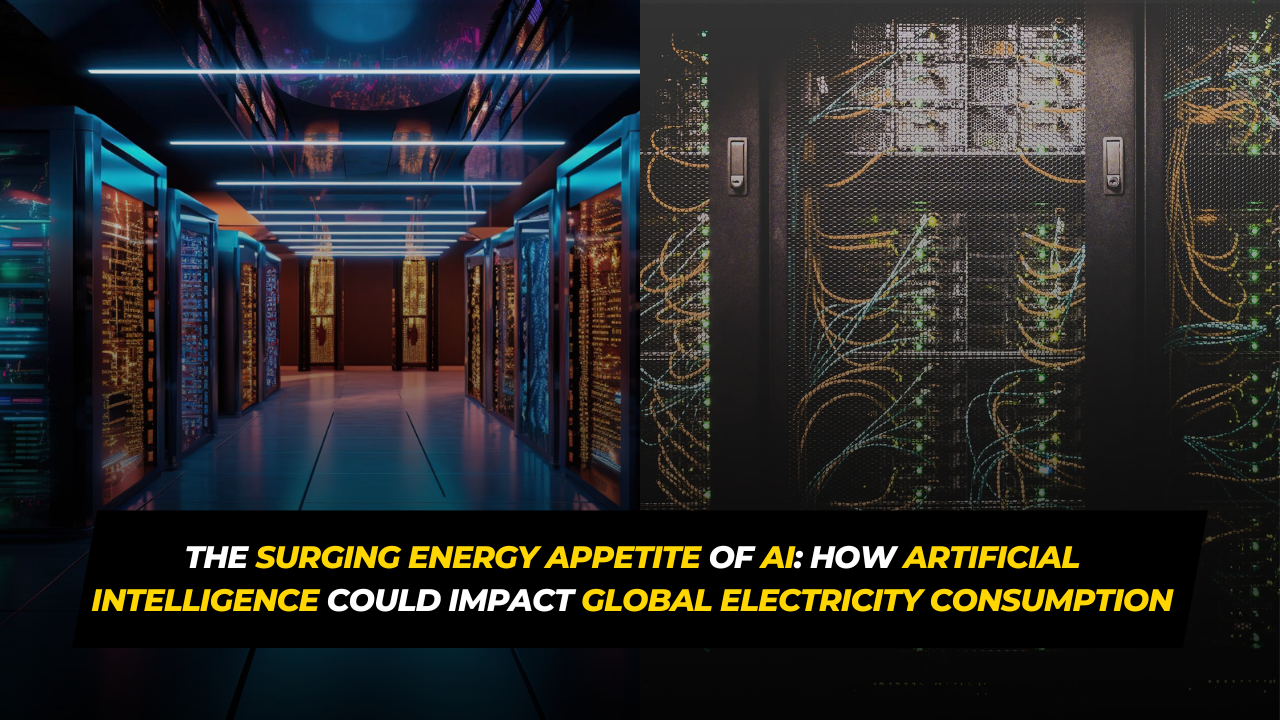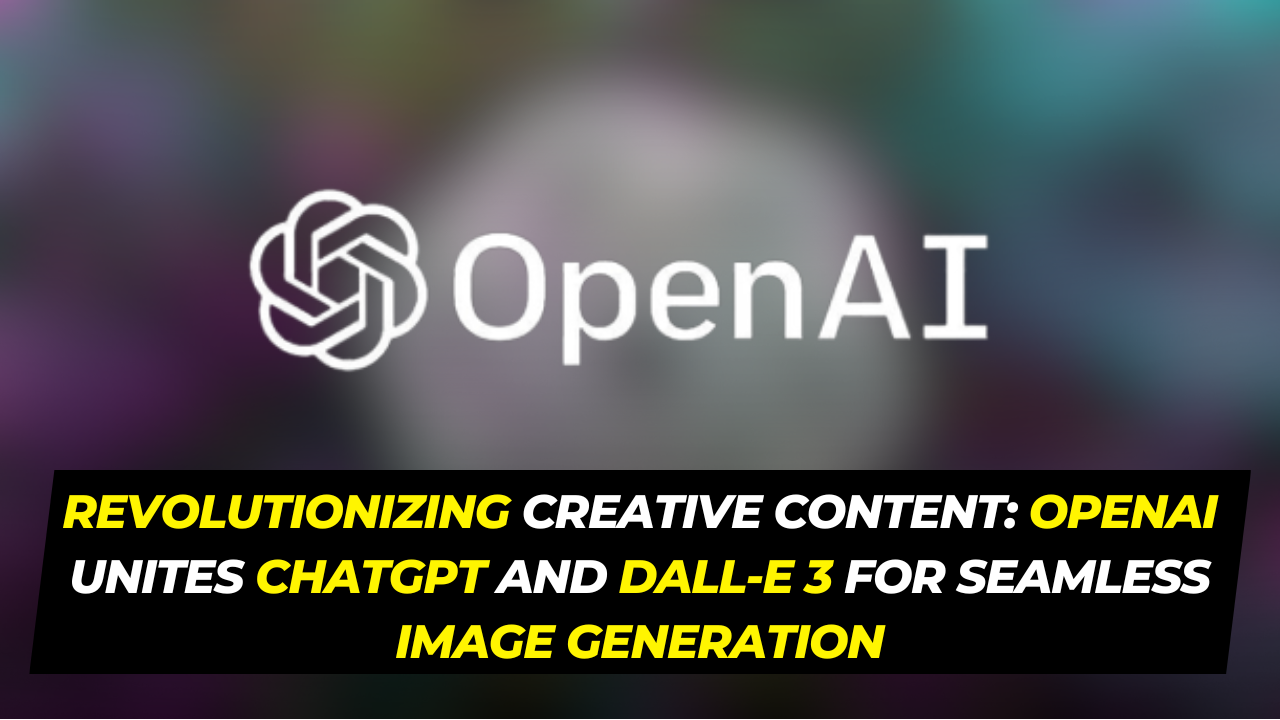The Surging Energy Appetite of AI: How Artificial Intelligence Could Impact Global Electricity Consumption

The Surging Energy Appetite of AI: How Artificial Intelligence Could Impact Global Electricity Consumption
Artificial Intelligence (AI) has become an indispensable part of our modern world, powering everything from search engines to virtual assistants. However, a recent study published in the journal Joule highlights a concerning trend: AI’s voracious energy consumption.
The study delves into the potential implications of AI’s growing energy demands, pointing out that generative AI, in particular, relies heavily on powerful servers. As the use of AI technology continues to expand, so does the demand for energy.
To illustrate the magnitude of this issue, the study looks at tech giant Google, which, in 2021, attributed only 10%-15% of its total electricity consumption to AI. However, the study’s worst-case scenario posits that if AI adoption were to reach full-scale, Google’s AI alone could consume as much electricity as a small country, such as Ireland, which consumes 29.3 TWh per year. While this is an extreme scenario, it prompts reflection on the implications of AI’s rapid growth.
The study emphasizes that such a scenario, assuming full-scale AI adoption with current hardware and software, is unlikely to happen overnight. Nonetheless, it serves as a valuable reminder of the energy-intensive nature of AI.
Christopher Alexander, Chief Analytics Officer of Pioneer Development Group, draws parallels between AI and Bitcoin mining, stressing that while energy consumption is high, there are ways to mitigate it. Alexander suggests utilizing alternative energy sources like natural gas and biogas from landfills, transforming potential pollutants into valuable energy resources.
While concerns about AI’s energy consumption are not unique to the technology, it is important to remember that as technology evolves, improvements in efficiency are likely to follow. As with previous technological advancements such as multiplayer gaming, social media, and cryptocurrency, early inefficiencies tend to be rectified over time. As chips and algorithms are optimized, energy consumption is expected to decrease.
The study, while acknowledging that some scenarios are extreme, cautions against overly optimistic or pessimistic expectations for the future. It warns that advancements in hardware and software efficiency may not fully offset long-term changes in AI-related electricity consumption, possibly leading to a rebound effect where increased efficiency drives greater AI demand, ultimately escalating overall resource use.
The rapid growth of AI, seen in the enthusiasm of 2022 and 2023, is putting the AI server supply chain on track to make a more substantial contribution to worldwide data center electricity consumption in the coming years.
AI and Electricity Consumption:
AI’s energy consumption is a growing concern as the technology continues to expand, particularly in generative AI.
Google, a tech giant, consumed only 10%-15% of its electricity for AI in 2021.
In a worst-case scenario, if AI adoption were to reach full-scale, Google’s AI alone could consume as much electricity as a small country like Ireland.
Mitigating AI Energy Consumption:
AI’s high energy consumption can be likened to Bitcoin mining, with both requiring intense processing power to solve problems.
Mitigation strategies include utilizing alternative energy sources like natural gas and biogas from landfills.
Efficiency Improvements on the Horizon:
Historically, technology inefficiencies tend to improve as chips and algorithms become optimized.
Efficiency improvements may lead to a decrease in AI-related energy consumption.
The Future of AI Energy Consumption:
The most likely path forward is a gradual increase in AI-related electricity consumption.
Server production will play a key role in determining the pace of AI’s energy impact.
Additional Research and Transparency:
High-quality data, including information about server locations and energy sources, is crucial.
Regulators may need to require energy use disclosures from AI developers to promote transparency.
Conclusion
In conclusion, AI’s energy appetite is a critical consideration as the technology continues its rapid growth. While AI’s energy consumption may be substantial, it is important to remember that efficiency improvements and alternative energy sources offer solutions to mitigate its impact. The future of AI energy consumption may be gradual, but transparency and further research are essential to understanding and managing this evolving challenge.



